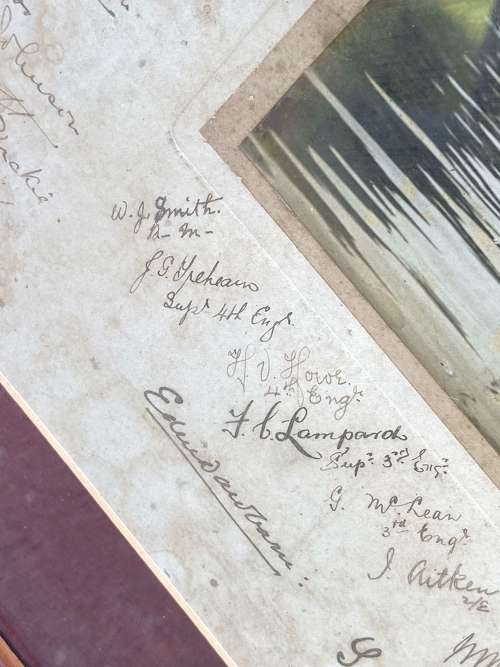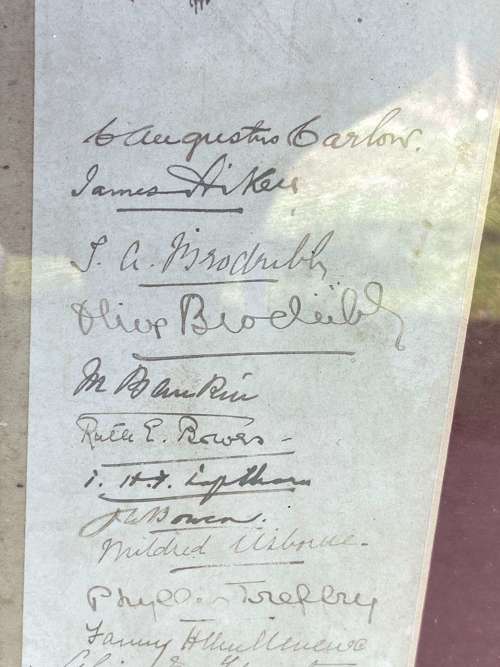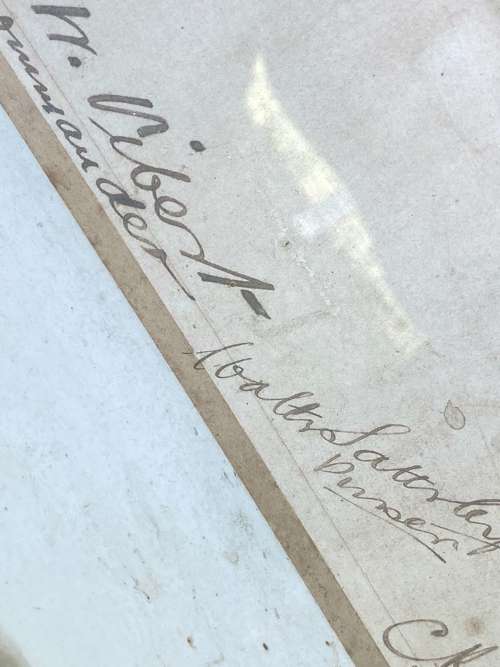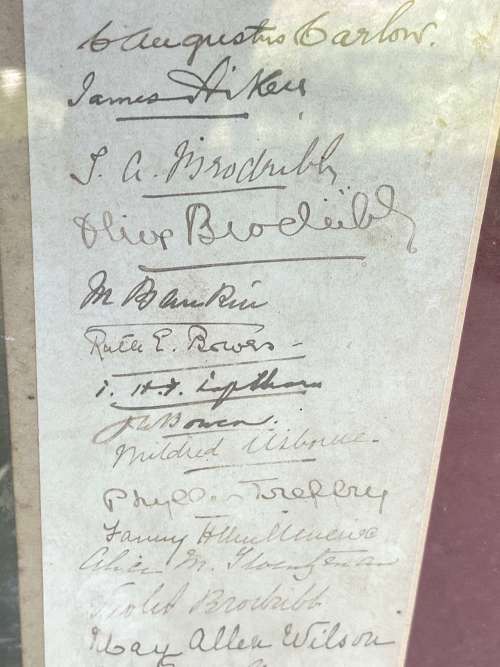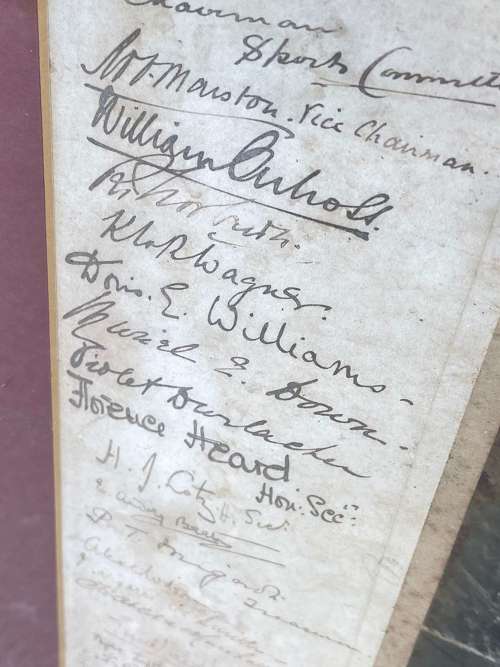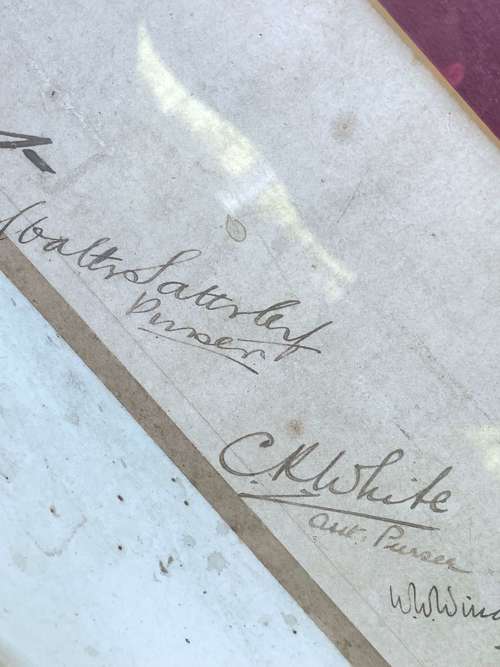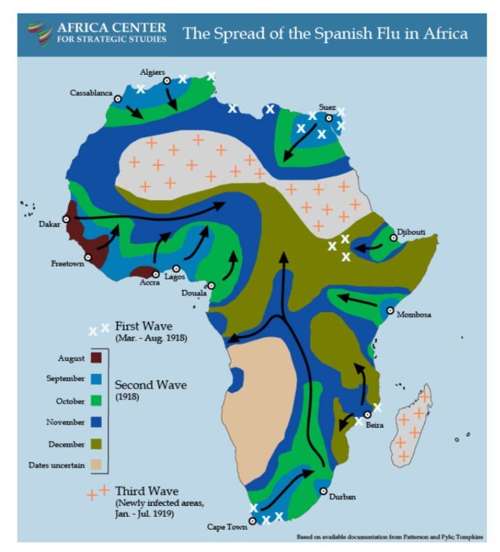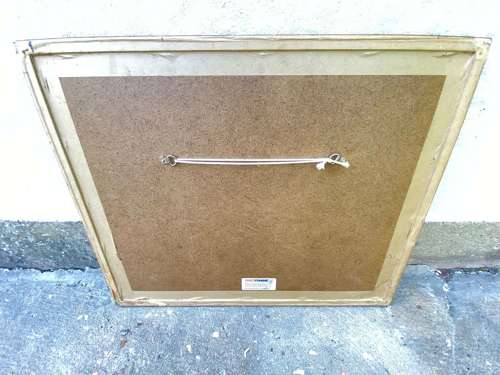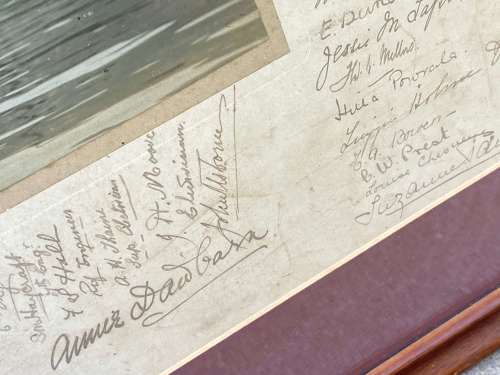About this item
For sale is a Rare WW1 British Royal Navy Framed SS/ HMS Mantua Photograph Which is Signed By all of its Crew in 1913. This photograph has 72 signatures on its borders including that of its commander/ captain, engineers, chairman, vice chairman, sports committee, cqo, 4th officer, officers, quartermaster, Boatswain etc.
SS/ HMS Mantua was considered the first ship spread to the ongoing pandemic (Spanish flue) to the African continent, resulting in the deaths of thousands.
The history of SS/ HMS Mantua:
HMS Mantua was a 20th-century ocean liner and armed merchant cruiser. Launched in 1909 as a passenger ship, Mantua was outfitted as an armed merchant cruiser in 1914 and served with the Royal Navy during World War I. On a voyage to Freetown in 1918, the passengers and crew of Mantua inadvertently spread the 1918 flu pandemic to Africa.
Mantua was launched as a commercial merchant liner in 1909 for the Peninsular and Oriental Steam Navigation Company (P&O). In her civilian career, the ship was used to transport passengers and mail to India and China. Following the outbreak of the First World War, Mantua was commissioned into the Royal Navy in August 1914 as HMS Mantua. She was attached to the 10th Cruiser Squadron and was tasked with patrolling the waters between Britain and Iceland. In October 1916 she was transferred into the 9th Cruiser Squadron. During one of her patrols in the North Sea, the ship reportedly hit a submerged object, an occurrence that has led to some sources suspecting that Mantua caused the loss of the German merchant submarine Bremen, an event for which Mantua did not take credit. In 1918 Mantua sailed to Freetown, Sierra Leone, arriving on 15 August. As some of her passengers and crew were ill with influenza, HMS Mantua is considered one of the first ships to have spread the ongoing pandemic to the African continent.
The ship returned to civilian service in 1920, again filling the role of a passenger ship. Mantua was scrapped in Shanghai in 1935.
History of the Spanish flue:
The 1918 flu pandemic, also known as the Great Influenza epidemic or by the common misnomer of the Spanish flu, was an exceptionally deadly global influenza pandemic caused by the H1N1 influenza A virus. The earliest documented case was March 1918 in Kansas, United States, with further cases recorded in France, Germany and the United Kingdom in April. Two years later, nearly a third of the global population, or an estimated 500 million people, had been infected in four successive waves. Estimates of deaths range from 17 million to 50 million, and possibly as high as 100 million, making it one of the deadliest pandemics in history.
History of the Spanish flue in Africa:
The severity of the pandemic’s toll was particularly acute in Africa, much of which was under colonial administration. Nearly 2 percent of Africa’s population is estimated to have died within 6 months—2.5 million out of an estimated 130 million. The Spanish flu tore through communities, in some cases infecting up to 90 percent of the population and generating mortality rates of 15 percent.
The pandemic’s impact on South Africa is particularly notable, as it was one of the five worst hit parts of the world. Roughly 5 percent of South Africa’s population perished. When the Spanish flu emerged in West Africa, the speed at which the virus ravaged Freetown, Sierra Leone, was staggering. Four percent of Freetown’s population died in just 3 weeks. In East Africa, the pandemic killed 4-6 percent of Kenya’s population over 9 months. In many parts of the continent, medical facilities were overwhelmed.
The Measurements for this piece is as follows; the length 64cm x 53cm height. This is in good condition and we’re happy to post world wide.
This is an incredibly rare/ one of signed photograph which huge historical significance.
This will be sent via Parcelforce express 48 and dispatched within two working days.
Read more...
Disclaimer: Items related to the Nazi regime or the Third Reich sold by dealers on this platform are intended solely for educational, historical, or TV/film prop purposes. Militaria Zone does not promote, and is strongly against, the hate ideologies and atrocities committed during WWII.
The law regarding sales of items like this vary depending which country you are in. If in doubt, please check the law in your country.
 Dorset, United Kingdom
Dorset, United Kingdom![]() Dorset, United Kingdom
Dorset, United Kingdom







